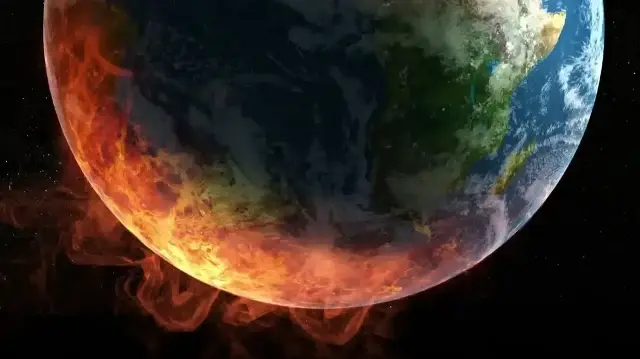Scientists from the Massachusetts Institute of Technology and international collaborators have identified what appears to be preserved material from Earth’s ancient precursor, dating back approximately 4.5 billion years. The groundbreaking research, published in Nature Geosciences, provides a rare window into the planet’s earliest chemical composition before the giant impact that created the Earth-Moon system.
A Chemical Signature from the Distant Past
The research team detected an unusual isotopic signature in deep rock samples collected from locations including Greenland, Canada, and Hawaii. These rocks showed a distinct deficit in the potassium-40 isotope compared to typical modern Earth materials, suggesting they contain minuscule remnants of the primordial planetary body that existed before Earth’s formation was complete.
Preserved Against All Odds
Lead researcher Nicole Nie, the Paul M. Cook career development assistant professor at MIT, described the significance of the discovery. “This is maybe the first direct evidence that we’ve preserved the proto Earth materials,” she stated. “We see a piece of the very ancient Earth, even before the giant impact. This is amazing because we would expect this very early signature to be slowly erased through Earth’s evolution.”
Rethinking Planetary Formation Theories
The findings challenge current understanding of Earth’s origins, which has largely relied on meteorite composition analysis. Professor Nie explained that the discovery indicates “the current meteorite inventory is not complete, and there is much more to learn about where our planet came from.” The research opens new avenues for understanding planetary formation and the early solar system’s chemical diversity.
